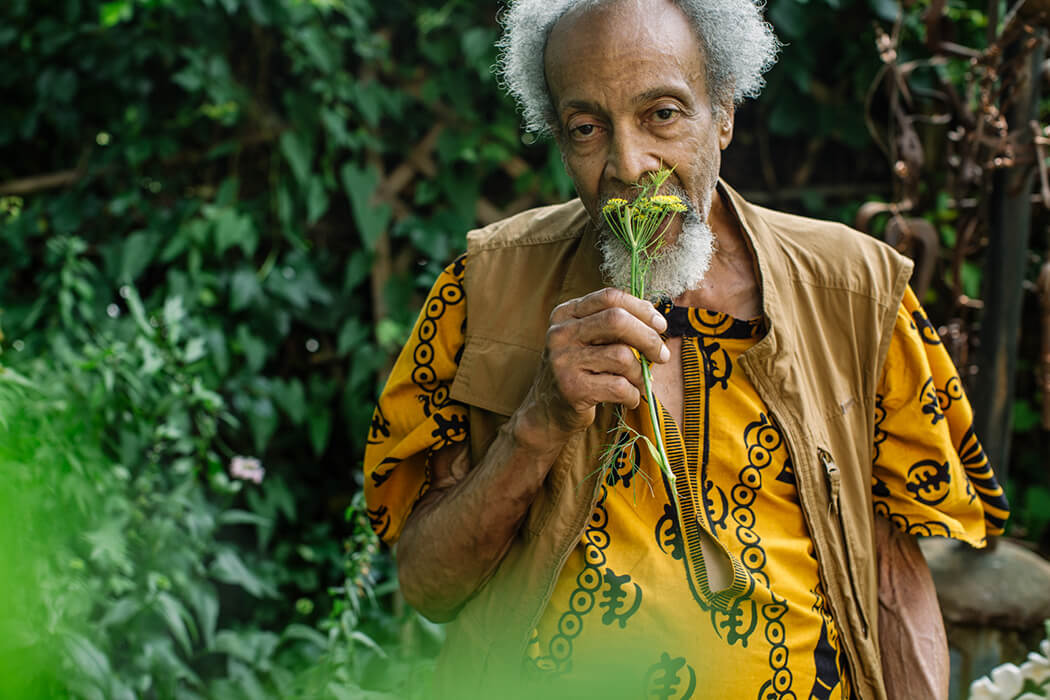
TENDING THE GLOBAL GARDEN WITH MILFORD GRAVES
By Rebecca Bengal
Photographs by Shawn Hanna
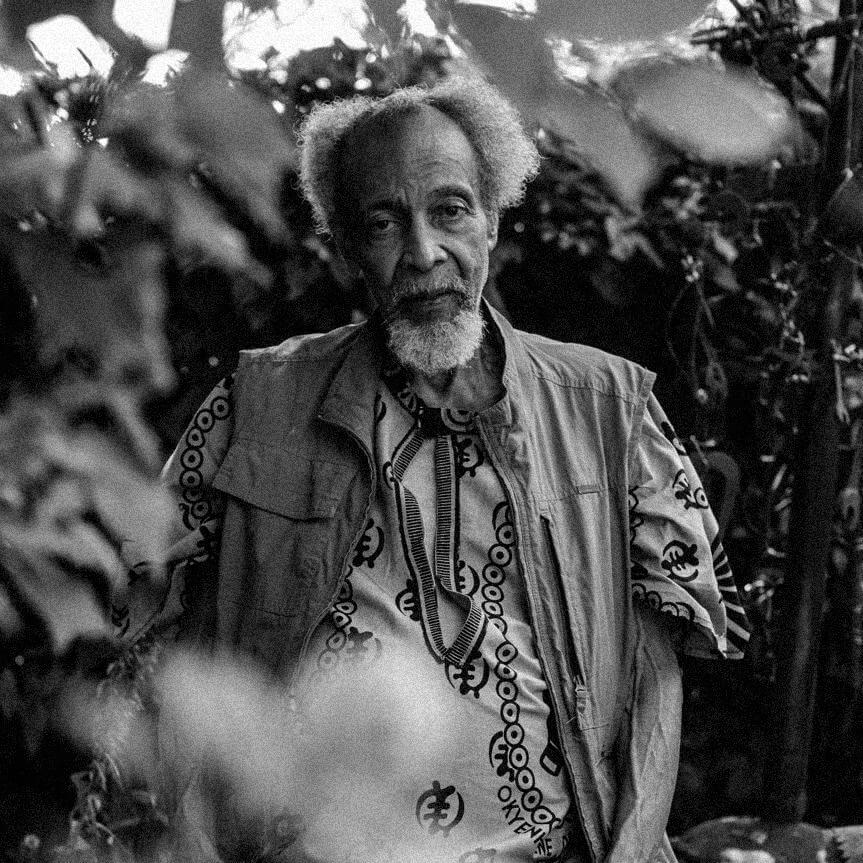
MILFORD GRAVES IS A MAN OF MANY TALENTS.
Best known as the legendary experimental jazz musician who created landmark recordings and performances with the likes of Sonny Sharrock, Sun Ra, and Pharaoh Sanders, he is also a visual artist, a practicing acupuncturist, and a longtime Bennington professor. He has been a musical collaborator with Butoh dancers in Japan, and he is the inventor and teacher of Yara, a style of martial arts that fuses elements of West African dance and warrior movement. He is an investigator of the human heart – in 2000, he won a Guggenheim grant which he used to study the connections between cardiac rhythms and music and healing.
Milford Graves is also a gardener.
He has been tending what he calls his “global garden” since 1970, the year took over his paternal grandmother’s house in Jamaica, Queens. Before you step into the garden itself, you’ll see the home Graves shares with his wife: a wooden structure like a fairy tale on an otherwise sleepy stretch of street, its walls covered in an intricate, colorful mosaic of rocks and tile. Lush greenery peeks above a fence that wraps around a side yard. Inside is a preponderance of flowers, herbs, fruits, and vegetables.
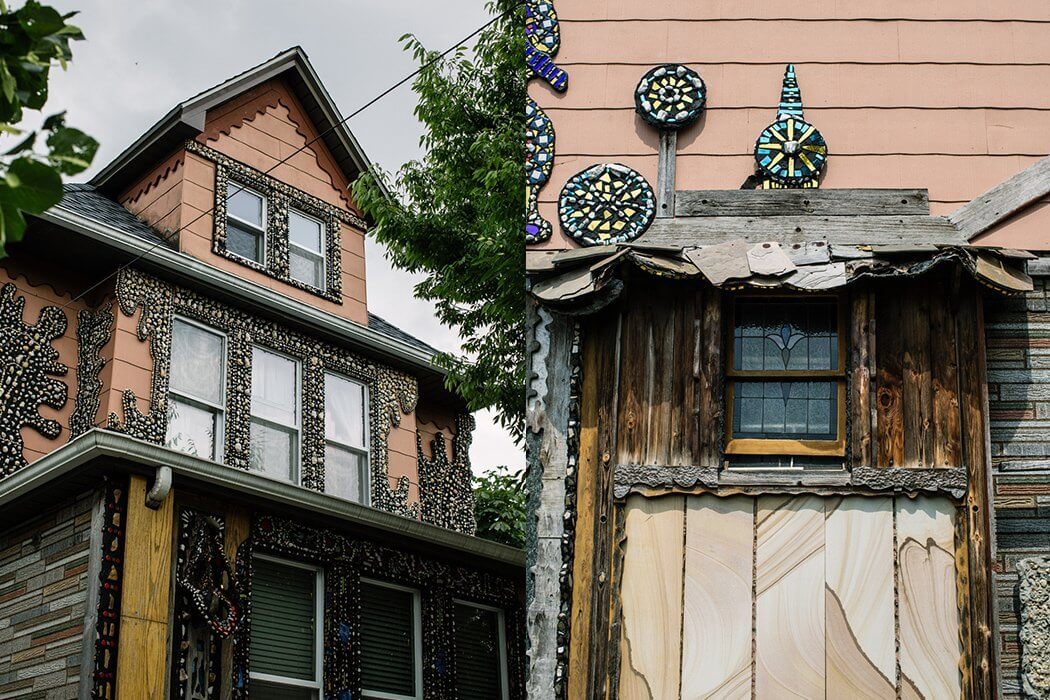
Bright hibiscus and leggy lavender lure a flurry of bees. There is a path of stones Graves calls a river and other winding trails that cycle through a fence of bamboo and secret gardens tucked in hard-to-reach corners. And there is Graves, peacefully perched against the outer wall on a stool probably intended to hold a planter, dressed in an African print shirt and a vest, shades of sun and sand on a blazing July afternoon.
His talk is charged and vigorous, a jazz riff.
He’s surrounded by several of his students—most of them men in their fifties and sixties who have been working with him for years. They are sparring partners, learners, helpers, friends. “These guys are cool, and I want ‘em around because they’ll probably hear me say some things they’ve never heard me say before,” Graves says. Dappled sunlight falls on his face as he speaks. He moves little from his seat, but his talk is charged and vigorous, a jazz riff. A neighbor, Pastor Moses, who is another longtime friend, drops by. Another disciple, Peyton, a young saxophonist who met Graves at a performance at Brandeis, wanders in and settles among the plants, listening. They all call him the Professor. And when you hang with the Professor, you hang among the plants that have been healing Graves for most of his life.
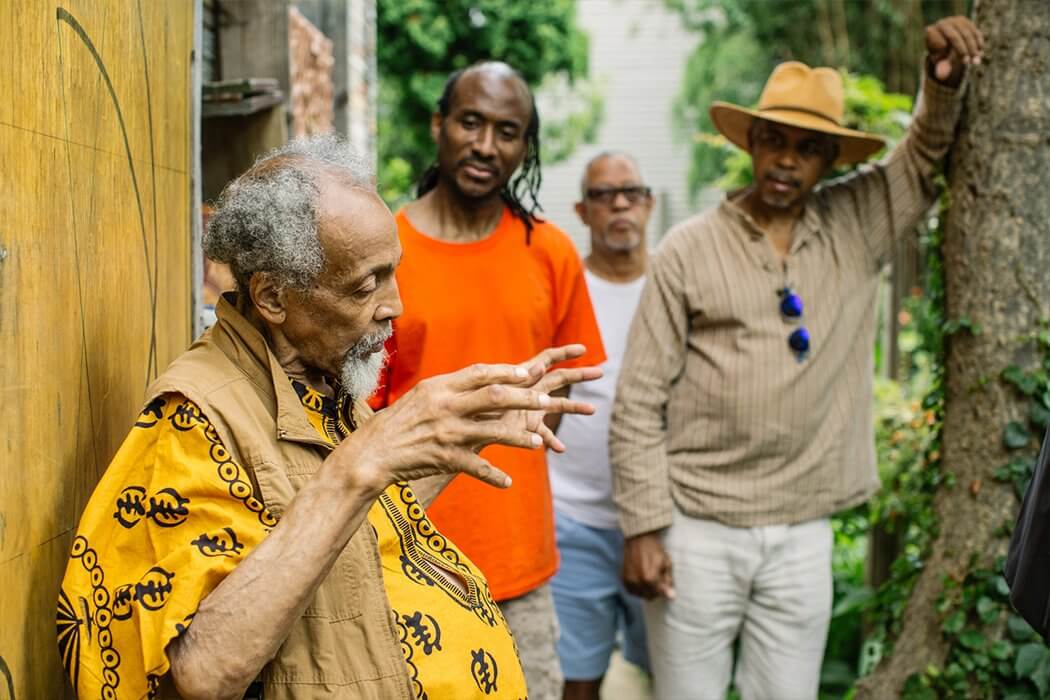
Fennel grows by tomatoes; flowering Vietnamese coriander rises up across the way from a leafy plant labeled simply as “miracle fruit”—the berry it will yield is said to make sour foods taste sweet. Graves is continually experimenting, adding new plants at whim and putting together others based on the way they arrange themselves. “You see certain plants all looking healthy all growing together, that means they have companionship, they like to be together,” Graves says. He might whip up a meal or an herbal remedy based intuitively on the synchronicity of neighboring plants.
One day, he says, he’d like to have a rainforest. One day, he says, he’d like to pass it on to his granddaughter, Tatiana, a college student and a budding performer. But he’s patient with the garden, letting it find its own pace. “It’s how we advance, through observation,” Graves says.
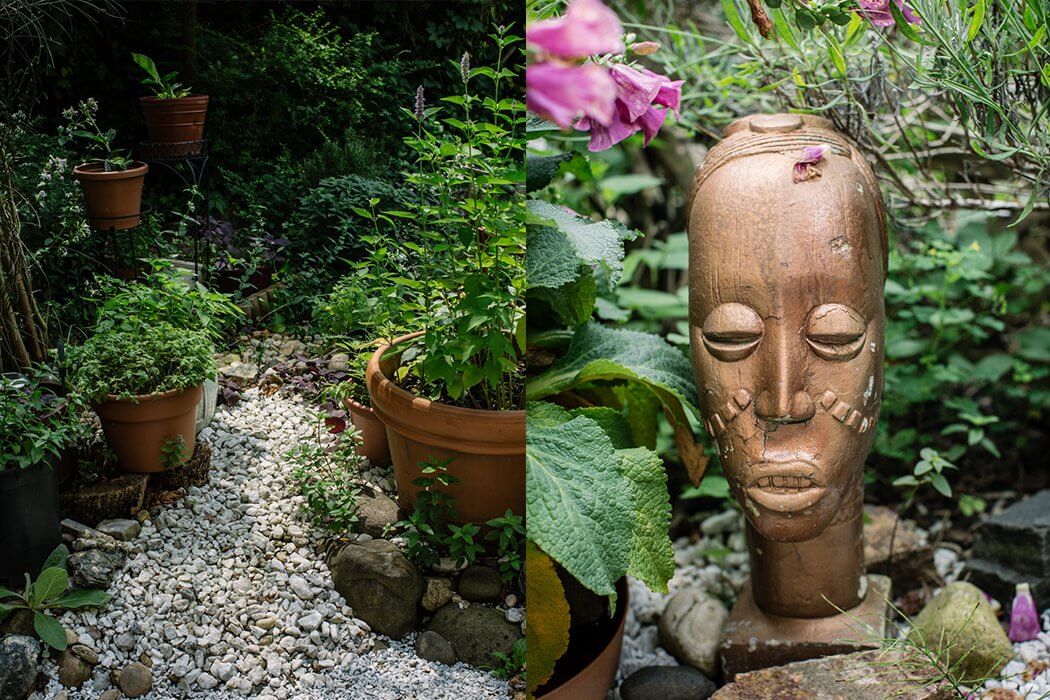
Those who have seen the 2018 documentary Full Mantis should be familiar with this pattern of patient observation. The film got its name from Graves’ decision to base Yara in part on the actual movements of a praying mantis. “I went straight to the source,” he has said. “Back to nature.” This sums up his approach to most everything.
“I went straight to the source. Back to nature.”
When we visited his home, Graves was 77 years old; he grew up in housing projects just blocks from where he lives now. As a child, the pioneer of avant-garde jazz was a mid-century Boy Scout who made a tin-can telegraph system with his friends and was hooked on westerns. “I still look at my cowboy pictures!” Graves says.
He was equally transfixed by The Jungle Book and Tarzan films. “What was fascinating to me was the healing process that was taking place in those movies,” says Graves. “When someone was wounded, they didn’t have prescription bottles. They got some plant stuff, man. And I did the same thing with my friends. If someone fell and got hurt, I’d say ‘Go get a leaf and put it on that.’ I didn’t know what kind of leaf it was!”
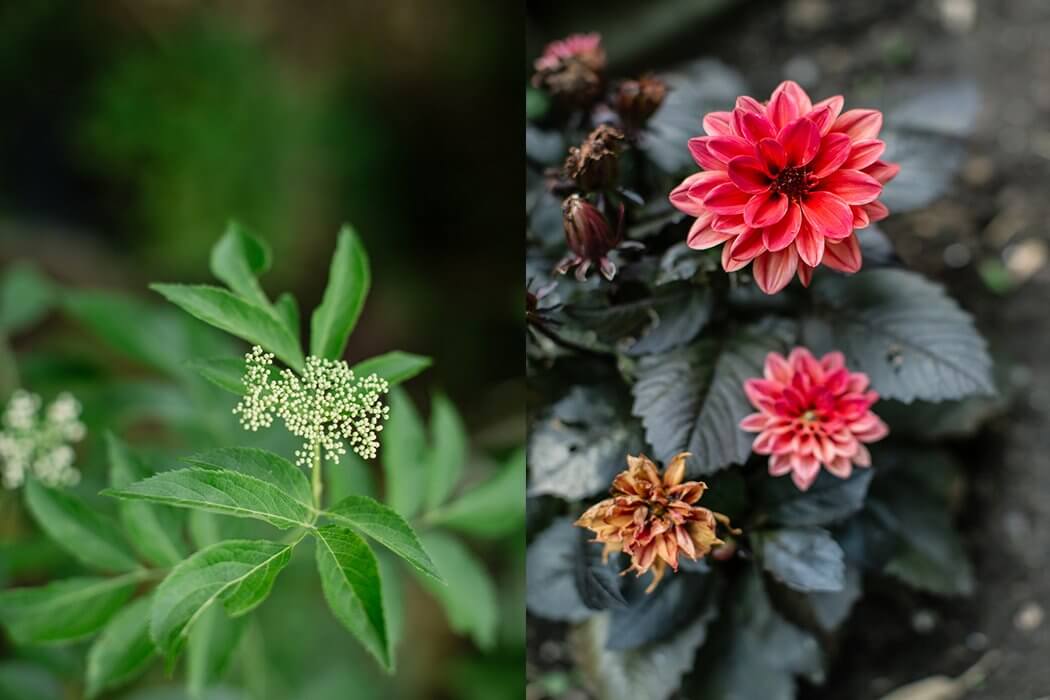
Sometime in his teenage years, as Graves puts it, he started taking the wrong kind of medicine.
“We drank that cheap wine and we’d get drunk as hell, crawling up the stairs to our houses,” he recalls. “All these guys I knew, they got wiped out, man. Ruined their lives in their twenties.”
When he was around eighteen, a doctor told Graves that if he kept on drinking, it would kill him too. Seized by severe pain and bleeding, Graves cut out the cheap wine. He stopped eating meat. “I started drinking raw cabbage juice, raw potato juice,” he says. “They weren’t any damn juices like there are now! I’d take raw potatoes and put ’em in a cheesecloth and squeeze that juice out. I read that in a book. I said to myself, let me get back into these herbs.”
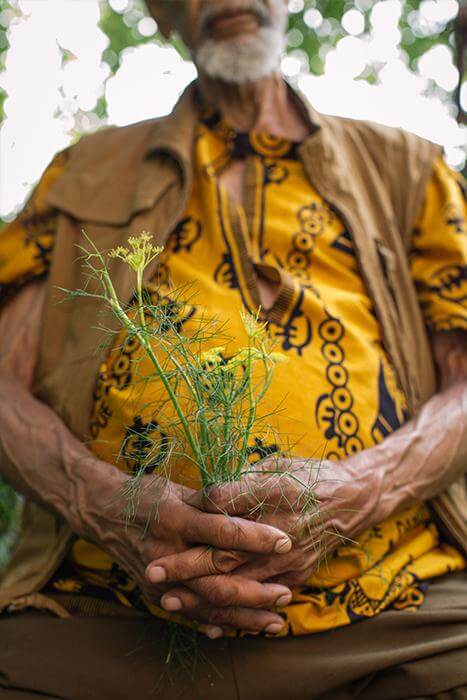
"I said to myself, let me get back into these herbs."
“People saw me,” he says. “’What have you been doing man? You look totally different.’” The change coincided with a deeper pull towards music, but Graves credits it to the earth. “That’s when I said: Plants! The plants! The plants! I didn’t get into it cause someone said this is something you should do. It wasn’t no hip thing, man. It was necessity. It was illness. I became a vegetarian and I started hanging out, listening to the plants.”
In an essay, “Music Extensions of Infinite Dimensions,” Grave likens eating food to creating electrical energy, which ultimately feeds music too: It pumps the heart and that heartbeat sounds the drum. Last winter, Graves' heartbeat began to sound differently. A doctor initially gave Graves six months to live, a prognosis that is difficult to fathom in his vital presence—he’s outlived their predictions and is working as hard as ever, with recent performances at Roulette, Gavin Brown Enterprises, and Jamaica Arts Center. “What the hell does cardiovascular failure mean?” he says. “Or congestive heart failure. They say I have an enlarged heart.” The results, he says are frustratingly inconclusive.
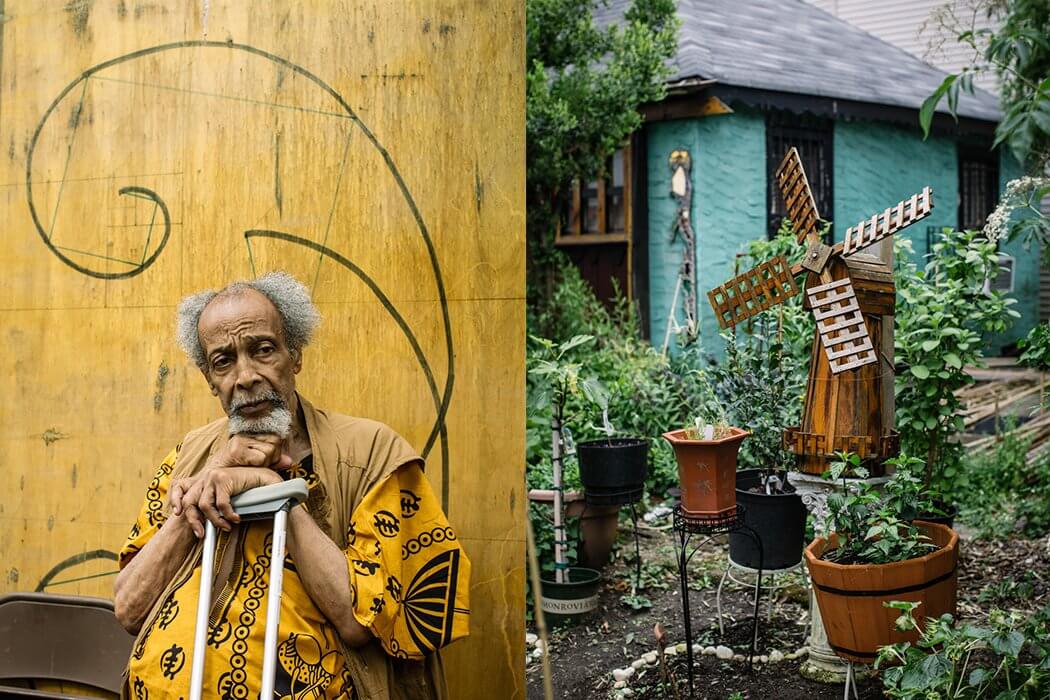
“They never listen to your damn heart,” he says. “They don’t listen. All they do is imaging, man… They don’t wanna hear rhythmic and tone changes. I hear them. I listen to myself all the time. I got my own EKG. And you know what? I got more things to do on this planet. And all this, it’s causing me to go back to the root.”
"I got more things to do on this planet."
That root, of course, is the garden itself, and a concept Graves calls cosmic energy, supplied from plants. Recalling a much older friend who used to visit George Washington Carver, the environmentalist-minded, peanut-farming agricultural innovator who died in 1943, Graves says: “He’d take ’em out to the woods and he’d go up to all the plants and say, ‘Good morning!’ Like, ‘Good morning, dandelion, how are you? Is there anything I should know?’ All this stuff now about albums of plant music, that’s not the real deal. You want to hear the music of the plants? You go out and look at the shape of this plant and that plant; you look at it microscopically, anatomically. You watch how it moves.”
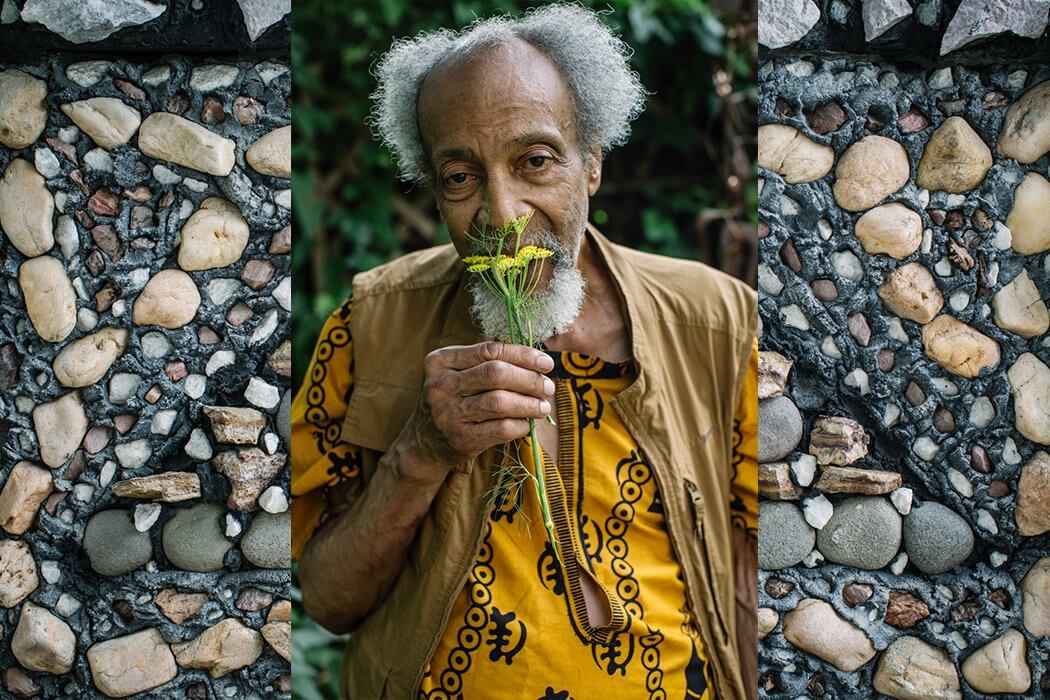
His speech attains its own patter and rhythm as he bridges connections between sensation, expression, creation. “The music of that plant is gonna be how you interpret it. How you taste it. You got to taste it, you got to smell it and get into whatever that groove is man and take that and you’ll be completely liberated. Go to your instrument. Some plants you take it and smell and you say ‘oh man, wow.’ That’s how you get the music. You want to hear the music of the plants, you gotta live with them! You gotta hang out, man. Eat the plant, taste it.”
“You want to hear the music of the plants, you gotta live with them!”
Of course, Graves concurs, it’s not a bad thing to play music for plants. “If you like playing music to your plants, if you have certain ideas about your landscaping or putting this color and that color plant together, if that’s what’s helping you out, then do it!” he says. “But a plant’s still gonna do what a plant’s gonna do, and it’s up to you to listen to it. My research comes from the basic elements of the dadgum cosmos, that’s what’s helping me out.”






